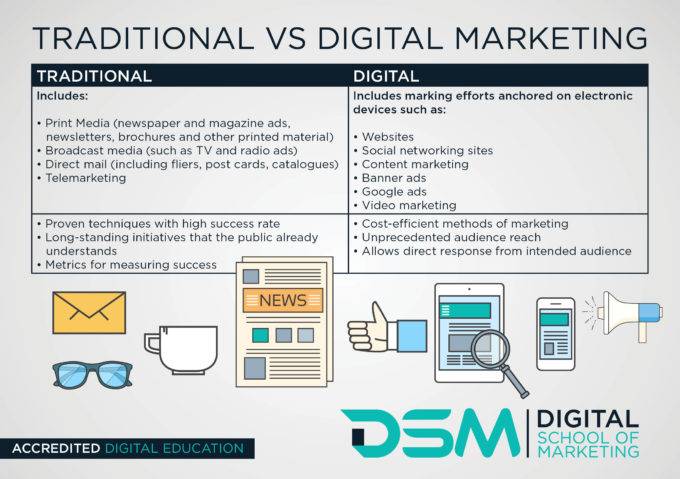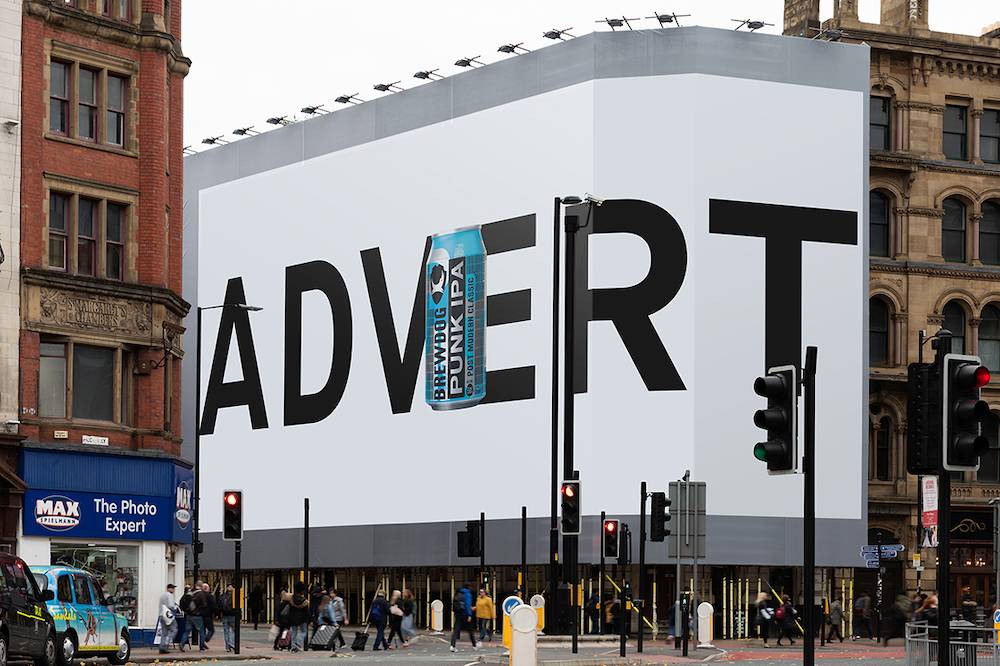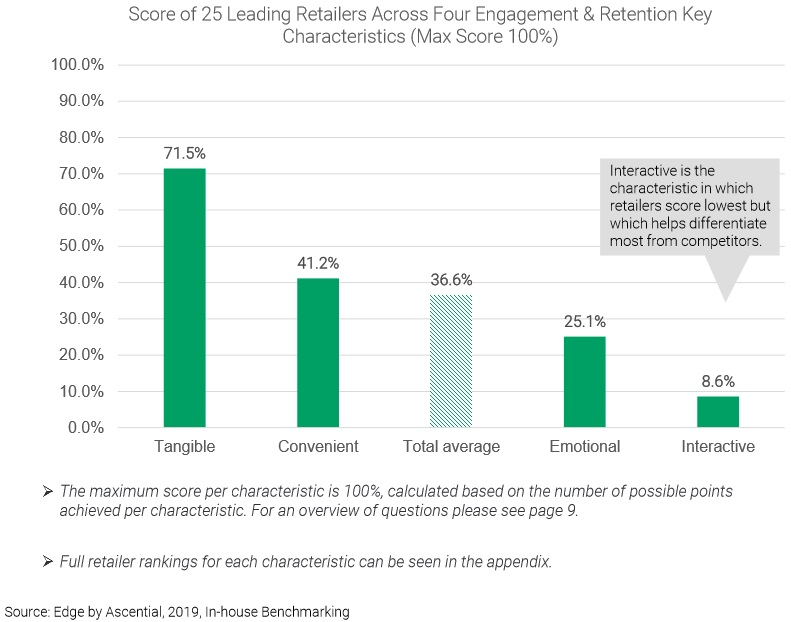While marketing is ever-evolving, marketers can still benefit from the lessons of more traditional marketing approaches in order to boost their organic search performance.
Even as digital approaches continue to demonstrate their value, the core principles of offline-based marketing still ring true. Technologically fluent marketers even understand the power traditional techniques hold and their relevance, especially when combining strategies to optimize their presence online.

In the age of the internet and online exposure, some traditional marketing techniques are in decline. However, others are thriving and boosting businesses in both the analogue and digital worlds. For instance, small business owners may find TV and radio to be too costly. However, signage and billboards have the power to drive interest on a new scale now that users have the ability to instantly query on their phones anything they see.
Let’s take a look at seven key ways analogue approaches have infiltrated the mainstream.
More traditional media channels like print, radio and television were the only avenues available to appeal to audiences from the comfort of their own home. The costs associated with this sort of service can go into the tens of thousands depending on the type of advert you run and the time of day in which it arrives.
This forced marketers to be more shrewd with their advertising campaigns and represents a valuable lesson to be learned in modern marketing.
Advertising online is cheaper than TV, but this can open the door for complacency among marketers. Fundamentally, social engagements don’t automatically turn into conversions, and they don’t necessarily lead to organic searches.
Some see traditional marketing as incompatible with digital approaches. However, analog campaigns can certainly drive organic searches.
One of the most effective cases for this can be found in Brewdog’s traditional campaign in 2019. Rather than using billboards and television, their campaign simply displayed the word ‘advert’ in capital letters alongside an image of a product.

In the golden age of traditional advertising, this would have been seen as a wasted opportunity to push sales. Instead, it features just enough brand signifiers to convert audience curiosity into searches.
One aspect of traditional marketing that can never be overtaken by its digital counterpart concerns tangibility. Giving target audiences the chance to hold and touch your branded product is hard to replicate online.

In fact, the chart above shows that tangible products lead the way for retailers to engage with and retain customers.
Placing a physical item in your customer's hands can build a connection that evolves into brand loyalty, recognition and conversions. Tangible materials can also be more memorable and meaningful for prospective customers.
Internet marketing has looked to replicate these forms of tangibility by turning to influencer marketing. By utilizing respected influencers to showcase products and interact with them as if they’re actually customers with a sample, marketers aim to establish some form of psychological connection between their products and customers.
But still, the levels of brand recognition and loyalty that comes from physically interacting with products generates more organic searches and increases intent to purchase among consumers.
In the glory days of traditional marketing, customers amounted to more than simple statistics regarding impressions and click-throughs. Marketers could concentrate on appealing directly to real people, with more personal aspects associated with generating sales.
The most competent marketers in this pre-internet age would form customer relationships through conversations. Focus groups and other interactions can tailor campaigns that resonate on a personal level.
The arrival of advanced analytics platforms show demographic information regarding customers and their behavior. This allows marketers to further personalize targeting and retargeting functions. Some platforms can even forensically pick the precise times of day a target audience is most active to determine when to display ads. However, these features are worth little if nobody knows what their targets actually think of the content they see.
By utilizing a traditional approach like building relationships with consumers, marketers can use what they’ve learned online to appeal to a vast audience of like-minded users around the world.
In the golden age of traditional marketing, you could not tweak advertising content easily. There was no way to use A/B testing with large audiences.
Marketers had one opportunity to make a sale. With no second chances, advertising materials had to come with a winning tagline and pitch.
Today, businesses spend more time looking at ways to protect their branding, rather than focus on perfecting pitches. However, this seems like folly in an online space. That venue is flooded with competitors and undercutting offers.
Even if your modern pitches come in the form of email subject lines or title tags, uphold the traditional methods of creating engaging one-liners that spark interest.
Modern marketing gives new life to some traditional approaches. When it comes to perfect pitching, marketers now have the freedom to create more oblique advertising taglines and approaches. It’s vital to build intrigue that will invariably lead to organic searches and brand recognition.
Some facets of marketing remain just as valuable in any era. This is certainly the case for keywords.
Traditionally, keywords created instant brand recognition in analogue advertising. Kodak’s "you press the button; we do the rest" advertising campaigns in the late 19th century achieved a resonance that’s stood the test of time.
Today, the challenge of keyword advertising campaigns is easier than ever with platforms effortlessly identifying the most effective long-form keywords to rank for in search results.
In this manner, traditional advertising could complement online keyword campaigns. By identifying high-value keywords, marketers can use the phrases to create profitable slogans that can prompt online and offline campaigns and subsequent search engine queries as a result.
Another marketing strategy that’s certainly stood the test of time is the art of the freebie. Whether they’re free digital courses or physical information booklets, consumers love getting stuff for free.
Be sure to work some form of branding and figure out what information can be offered by your organization free of charge. If your business claims to be experts in a specific field, demonstrate your expertise in a free book or prospectus.
Traditional copyright marketing ruled the roost in days of yore. However, in this day and age, it’s vital to generate a buzz. While generating compelling copy has successfully transitioned into a more online space, event marketing is still one of the most effective ways of not only building interest in products and services but also in terms of networking.
Modern online marketing practices may have become essential in ensuring the long-term viability of businesses, but it’s safe to say that traditional approaches are going nowhere fast. As we continue to look for new ways to optimize conversions and search engine queries, it appears that traditional marketing is still on hand to teach us a thing or two about winning customers.